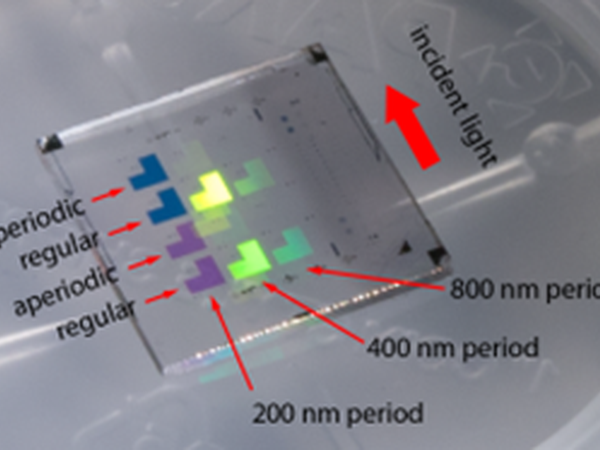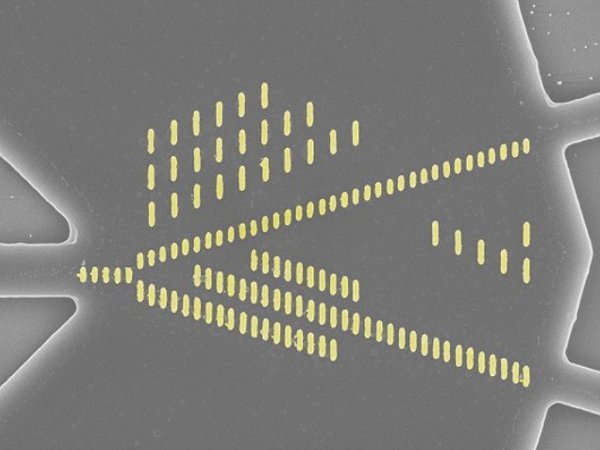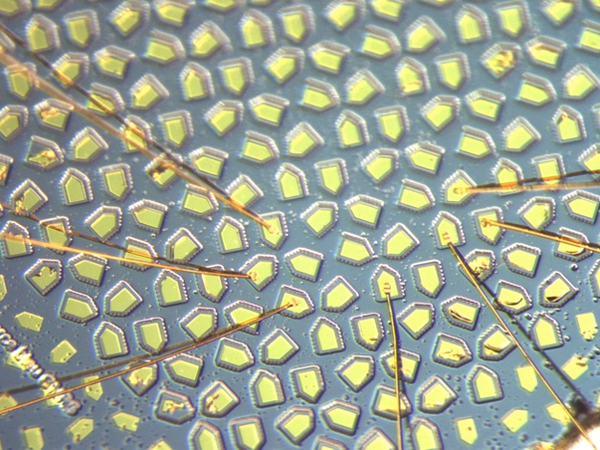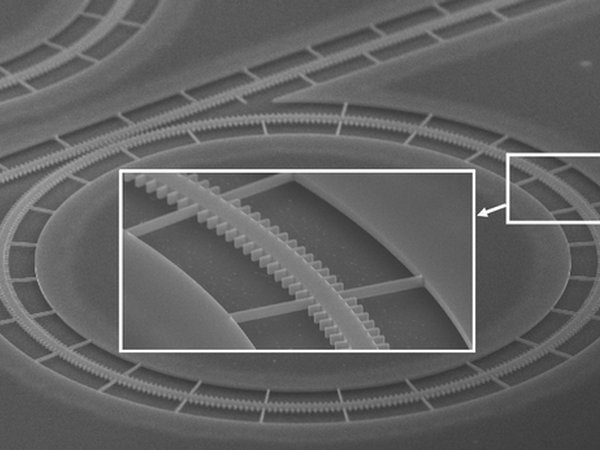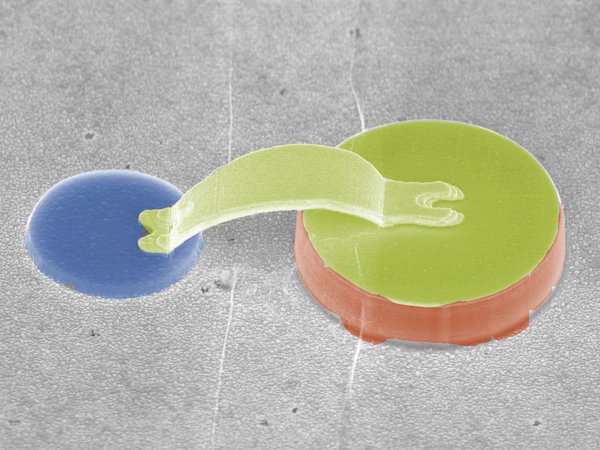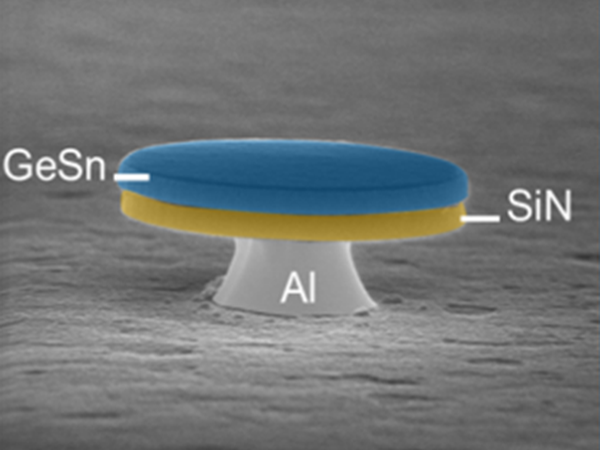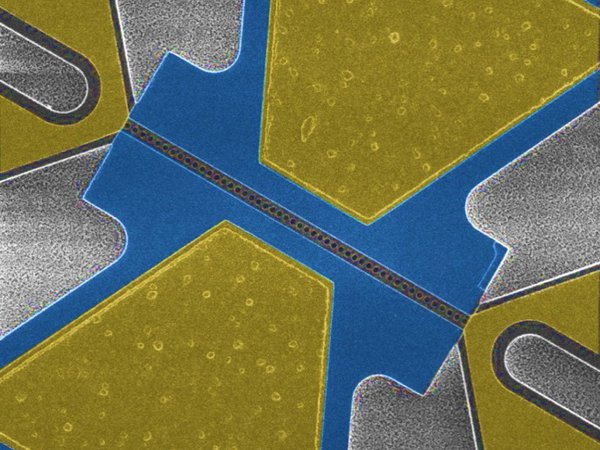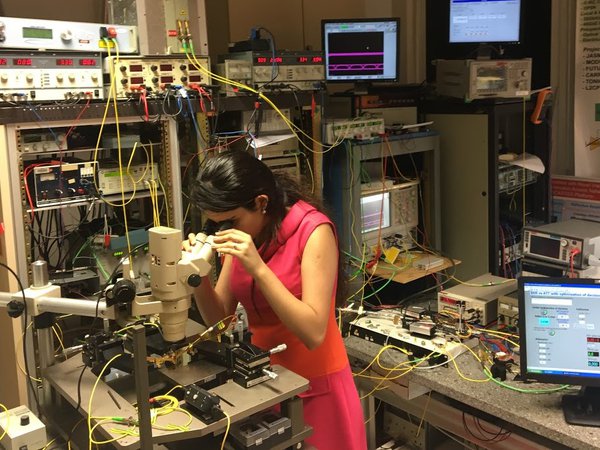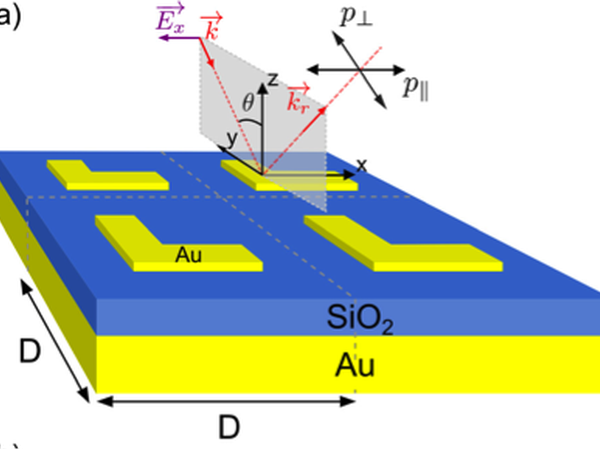CIMPHONIE
Integrated Magneto-Photonic and Plasmonic Devices
CIMPHONIE research focuses on development of integrated devices in visible and IR domains, using light-matter interaction such as magneto-optical-plasmonic effects for non-reciprocal transmission and localized surface plasmons for bio-sensor, plasmonic-tweezers, integrated nanoantenna and holographic display.
CIMPHONIE Members
- Pierre Beauvillain (Emeritus)
- Béatrice Dagens (DR)
- Philippe Gogol (McF, currently Univ. Sherbrooke)
- Navy Yam (McF, group manager)






